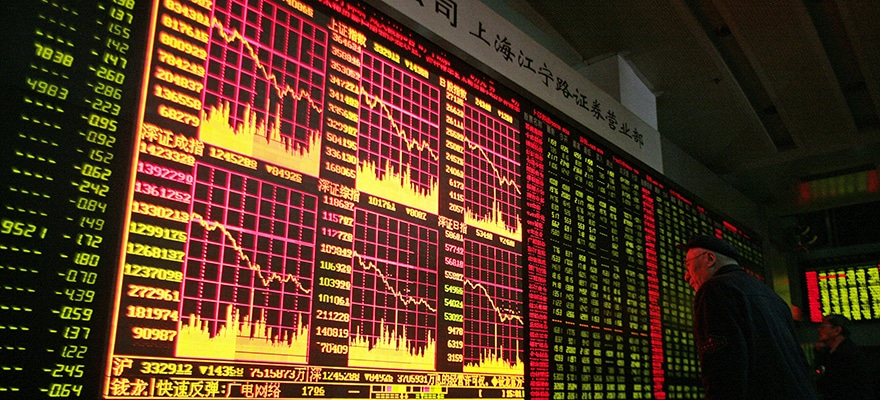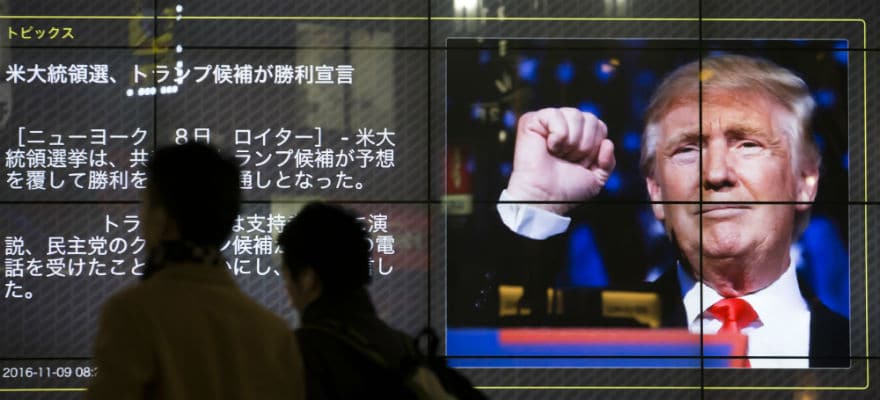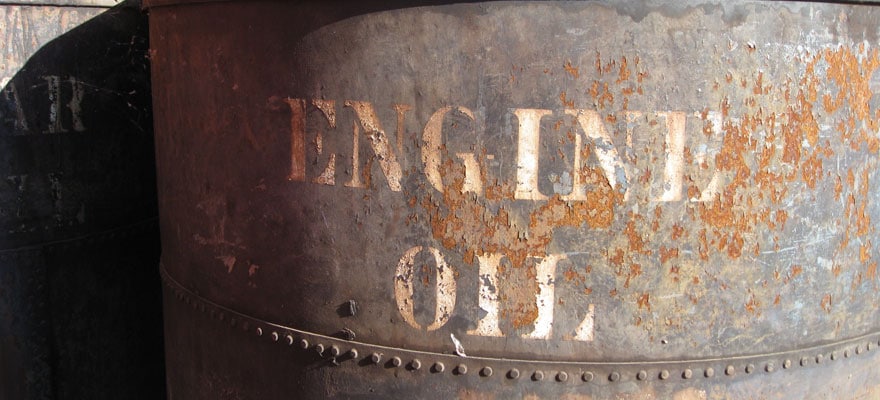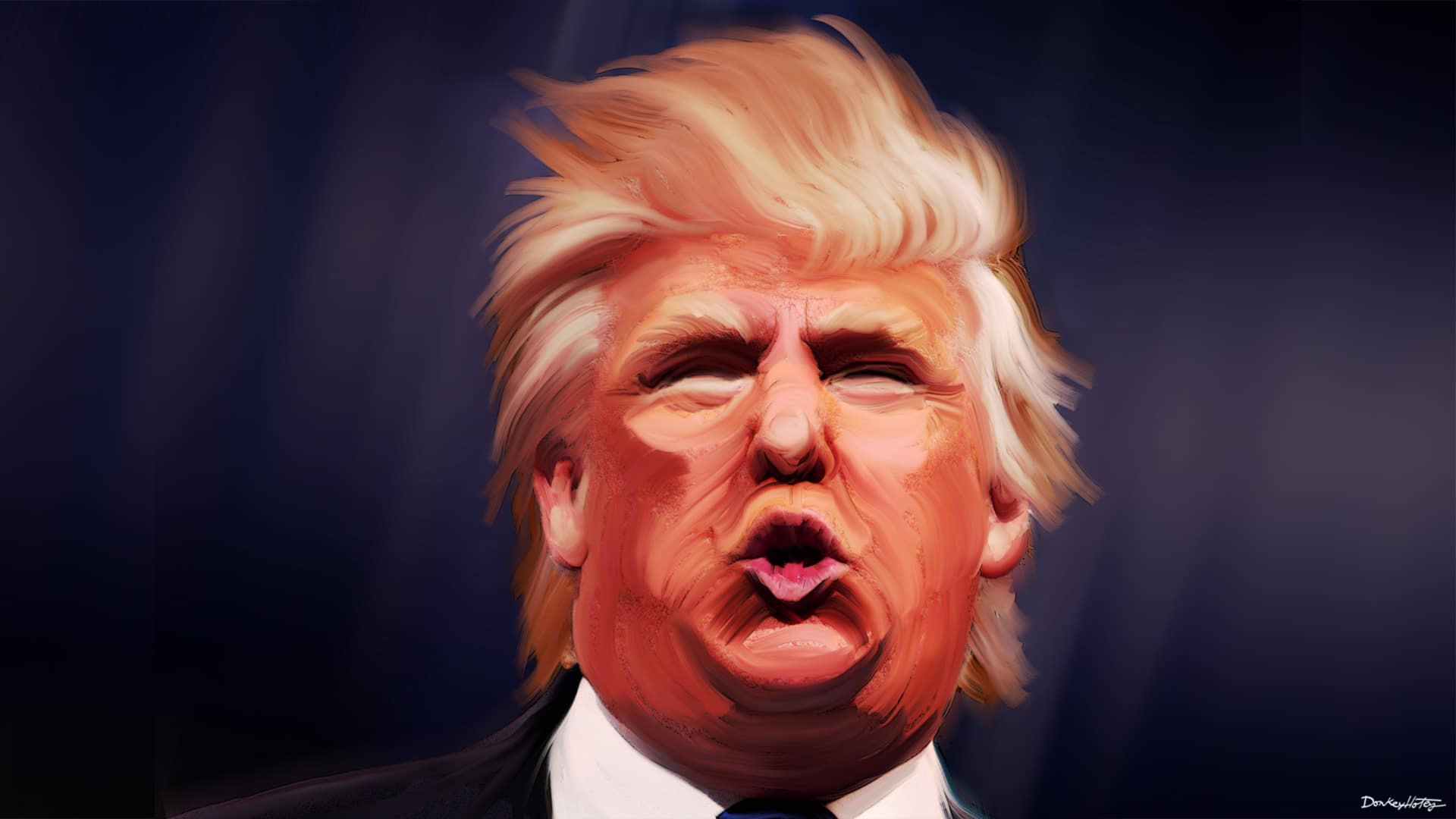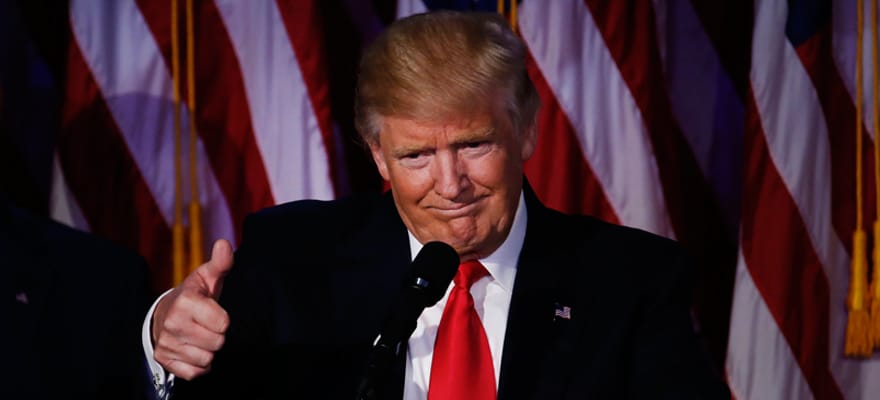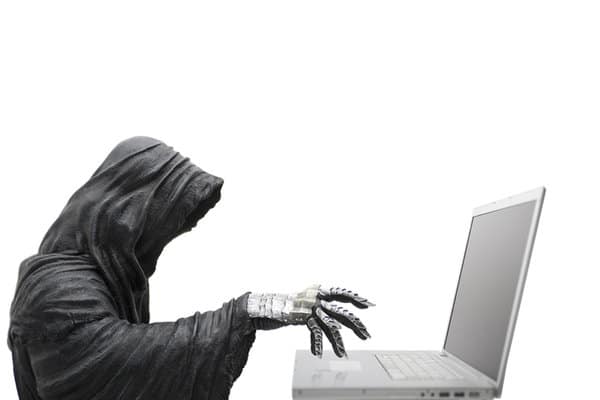New figures released yesterday show that Chinese exports rose by 2.1 percent for the first time in four months in June, suggesting that growth in China could be stabilizing, while at the same time imports dropped by 6.7 percent leaving a trade surplus of 45.8 billion US dollars. This mixed set of data suggests that the transition to a domestic demand led economy is not very effective.
Furthermore, the GDP figures due tomorrow, will most likely show that the economy will struggle to grow sustainably at the target level of 7 percent. The government may try to “massage” the data or increase state spending in order to meet the this target level, however it is effectively just borrowing from future growth in its effort to do so.
The real underlying growth is probably between 4.0 and 5.0 percent. Furthermore, there is a staggering oversupply in the real estate sector, in infrastructure and various key industries. More alarming is the debt burden that will have to be repaid sooner or later, with an additional equivalent figure of 300 billion US dollars borrowed just in one month that was announced today, which does not even include the rollover of local government borrowing.
To make the picture even darker, the recent burst of the Chinese stock market bubble adds severe pressure on the Chinese economy. In the event of additional stock market losses, there is a danger of dragging the economy further down to the slowest pace since 1990 and consequently stirring social discontent.
How Was This Bubble Created?
First of all, share prices have been disconnected from underlying economic fundamentals; the stock market experienced a 150 percent rise over the past year, which was not justified by dividend yields, return on equity or other financial characteristics of companies.
The second worrying sign has been the increasing number of retail investors entering the market. China is the world’s second-largest equity market and presently has more than 90 million of individual investors, while 170,000 new accounts were being created on a daily basis prior to the start of the stock market meltdown. Moreover, the amount of margin loans which were granted to investors participating in the stock market has amplified this “boom and bust” situation.
A five-fold surge in margin debt has contributed towards lifting the Shanghai composite index higher by 150 percent in the previous 12 months through June 12 of this year. On the way down, however, leveraged investors rushed for the exit by unwinding their holdings to repay their margin loans, and the meltdown became more severe. Even though margin debt related to the Chinese stock exchanges has been reduced by 823 billion yuan or 120 billion US dollars compared to one month ago, it still stands at 1.44 trillion yuan, which is still more than three times the level of one year ago.
Controlled Reaction
Chinese officials have been trying to fine tune a bubble that is bursting, not allowing the market to find its own floor. The Chinese market got too far ahead of itself, ended up overheating and as a result entered into a correcting mode. Instead, market-boosting measures have been enforced by the China Securities Regulatory Commission almost every day in the past two weeks, ranging from banning major stockholders owning more than 5 percent from selling their stakes in listed companies for the next six months, to suspending initial public offerings and restricting short selling.
As the market started to melt down, listed companies rushed to apply for trading suspension of their shares in order to prevent further slide. More than 1,400 companies stopped trading on the mainland exchanges, freezing sellers throughout 50 percent of the market. Suspension of trading is a measure to control the market meltdown, since many shareholders have pledged their shares as collateral to receive bank loans. Pledged shares could be forced into liquidation when their value falls below a certain level, triggering further sell-off.
The Shanghai Stock Exchange
Stock Exchange
A stock exchange, also known as a securities exchange or bourse represents is a facility where stockbrokers and traders can buy and sell securities.This includes shares of stock, bonds, exchange-traded funds (ETFs), or other financial instruments. By extension, stock exchanges can also provide facilities for the issue and redemption of such securities and instruments and capital events including the payment of income and dividendsStock exchanges have developed into a permanent fixture in the fin
A stock exchange, also known as a securities exchange or bourse represents is a facility where stockbrokers and traders can buy and sell securities.This includes shares of stock, bonds, exchange-traded funds (ETFs), or other financial instruments. By extension, stock exchanges can also provide facilities for the issue and redemption of such securities and instruments and capital events including the payment of income and dividendsStock exchanges have developed into a permanent fixture in the fin
Read this Term Composite Index has lost 28 percent since its peak of June 12, the worst selloff in two decades. About 3.9 trillion US dollars in market valuation has evaporated, a figure which is higher than the total annual output of the world’s fourth-largest economy, Germany, and sixteen times Greece’s GDP. Shanghai composite index, however, is still up 80 percent in the past twelve months, the most among the world’s major markets and it probably has not hit the bottom yet, despite the 2-day rally at the end of last week.
Ii is currently trading around the 3,900 level and 50 percent above its average five year valuation. Chinese shares are among the most expensive of the world’s ten largest markets, with a median P/E ratio of 57, much higher than that of Hong Kong which is 13. Out of the 1,400+ companies that originally suspended their trading, about 1,000 of them still remain halted. Once these companies resume trading, selling pressure will amplify as investors will rush to unwind positions of their margin accounts.
Just like in the case of Greek crisis, there are no good options, just more harmful and less harmful ones. If the Chinese government decides to stop taking action, the market will be liberalized and will continue to fall sharply, with devastating consequences on the financial markets and the real economy. If it does continue to take measures to halt the market decline, then it is not a real market economy anymore, but a command economy that steps in and does not allow the market to fall.
Will the Decline Continue?
If all of the suspended shares were allowed to trade, it is possible that the market could actually go back to the 2,500 level when the boom started a year ago. Many retail investors may have welcomed the suspensions, which at least have postponed the heavy losses they would otherwise have to face. For foreign investors and especially the institutional ones, the suspensions raise significant concerns. As companies continue to keep their shares suspended, the reputation and credibility of China’s stock market further deteriorates.
Moreover, state-controlled firms have started buying blue-chip stocks in an effort to provide some support to the Shanghai and Shenzhen Composite indices. In fact, the Secretary of Finance is said to have pumped more than 500 billion yuan in an effort to step on the brakes on the market decline. However such an amount compared to the Chinese market capitalization of six trillion US dollars is only a drop in the ocean and it is not likely to change the market sentiment.
On the contrary, such panic moves are actually counter-productive in terms of opening up the market and making it a liberalized market economy, even though they may manage to restore, at least temporarily, social stability and calm. Retail investors who have been propping up the market would be discouraged and scared to come back to it for the next decade or so.
Finally, the inclusion of China in the MSCI next year is now questioned, as Chinese stocks have become the most volatile among major markets after Greece (the Volatility
Volatility
In finance, volatility refers to the amount of change in the rate of a financial instrument, such as commodities, currencies, or stocks, over a given time period. Essentially, volatility describes the nature of an instrument’s fluctuation; a highly volatile security equates to large fluctuations in price, and a low volatile security equates to timid fluctuations in price. Volatility is an important statistical indicator used by financial traders to assist them in developing trading systems. Trad
In finance, volatility refers to the amount of change in the rate of a financial instrument, such as commodities, currencies, or stocks, over a given time period. Essentially, volatility describes the nature of an instrument’s fluctuation; a highly volatile security equates to large fluctuations in price, and a low volatile security equates to timid fluctuations in price. Volatility is an important statistical indicator used by financial traders to assist them in developing trading systems. Trad
Read this Term is more than five times that of the Standard & Poor’s 500-stock index), and the market has been distorted by the Chinese government’s draconian steps in its attempt to control further declines.
New figures released yesterday show that Chinese exports rose by 2.1 percent for the first time in four months in June, suggesting that growth in China could be stabilizing, while at the same time imports dropped by 6.7 percent leaving a trade surplus of 45.8 billion US dollars. This mixed set of data suggests that the transition to a domestic demand led economy is not very effective.
Furthermore, the GDP figures due tomorrow, will most likely show that the economy will struggle to grow sustainably at the target level of 7 percent. The government may try to “massage” the data or increase state spending in order to meet the this target level, however it is effectively just borrowing from future growth in its effort to do so.
The real underlying growth is probably between 4.0 and 5.0 percent. Furthermore, there is a staggering oversupply in the real estate sector, in infrastructure and various key industries. More alarming is the debt burden that will have to be repaid sooner or later, with an additional equivalent figure of 300 billion US dollars borrowed just in one month that was announced today, which does not even include the rollover of local government borrowing.
To make the picture even darker, the recent burst of the Chinese stock market bubble adds severe pressure on the Chinese economy. In the event of additional stock market losses, there is a danger of dragging the economy further down to the slowest pace since 1990 and consequently stirring social discontent.
How Was This Bubble Created?
First of all, share prices have been disconnected from underlying economic fundamentals; the stock market experienced a 150 percent rise over the past year, which was not justified by dividend yields, return on equity or other financial characteristics of companies.
The second worrying sign has been the increasing number of retail investors entering the market. China is the world’s second-largest equity market and presently has more than 90 million of individual investors, while 170,000 new accounts were being created on a daily basis prior to the start of the stock market meltdown. Moreover, the amount of margin loans which were granted to investors participating in the stock market has amplified this “boom and bust” situation.
A five-fold surge in margin debt has contributed towards lifting the Shanghai composite index higher by 150 percent in the previous 12 months through June 12 of this year. On the way down, however, leveraged investors rushed for the exit by unwinding their holdings to repay their margin loans, and the meltdown became more severe. Even though margin debt related to the Chinese stock exchanges has been reduced by 823 billion yuan or 120 billion US dollars compared to one month ago, it still stands at 1.44 trillion yuan, which is still more than three times the level of one year ago.
Controlled Reaction
Chinese officials have been trying to fine tune a bubble that is bursting, not allowing the market to find its own floor. The Chinese market got too far ahead of itself, ended up overheating and as a result entered into a correcting mode. Instead, market-boosting measures have been enforced by the China Securities Regulatory Commission almost every day in the past two weeks, ranging from banning major stockholders owning more than 5 percent from selling their stakes in listed companies for the next six months, to suspending initial public offerings and restricting short selling.
As the market started to melt down, listed companies rushed to apply for trading suspension of their shares in order to prevent further slide. More than 1,400 companies stopped trading on the mainland exchanges, freezing sellers throughout 50 percent of the market. Suspension of trading is a measure to control the market meltdown, since many shareholders have pledged their shares as collateral to receive bank loans. Pledged shares could be forced into liquidation when their value falls below a certain level, triggering further sell-off.
The Shanghai Stock Exchange
Stock Exchange
A stock exchange, also known as a securities exchange or bourse represents is a facility where stockbrokers and traders can buy and sell securities.This includes shares of stock, bonds, exchange-traded funds (ETFs), or other financial instruments. By extension, stock exchanges can also provide facilities for the issue and redemption of such securities and instruments and capital events including the payment of income and dividendsStock exchanges have developed into a permanent fixture in the fin
A stock exchange, also known as a securities exchange or bourse represents is a facility where stockbrokers and traders can buy and sell securities.This includes shares of stock, bonds, exchange-traded funds (ETFs), or other financial instruments. By extension, stock exchanges can also provide facilities for the issue and redemption of such securities and instruments and capital events including the payment of income and dividendsStock exchanges have developed into a permanent fixture in the fin
Read this Term Composite Index has lost 28 percent since its peak of June 12, the worst selloff in two decades. About 3.9 trillion US dollars in market valuation has evaporated, a figure which is higher than the total annual output of the world’s fourth-largest economy, Germany, and sixteen times Greece’s GDP. Shanghai composite index, however, is still up 80 percent in the past twelve months, the most among the world’s major markets and it probably has not hit the bottom yet, despite the 2-day rally at the end of last week.
Ii is currently trading around the 3,900 level and 50 percent above its average five year valuation. Chinese shares are among the most expensive of the world’s ten largest markets, with a median P/E ratio of 57, much higher than that of Hong Kong which is 13. Out of the 1,400+ companies that originally suspended their trading, about 1,000 of them still remain halted. Once these companies resume trading, selling pressure will amplify as investors will rush to unwind positions of their margin accounts.
Just like in the case of Greek crisis, there are no good options, just more harmful and less harmful ones. If the Chinese government decides to stop taking action, the market will be liberalized and will continue to fall sharply, with devastating consequences on the financial markets and the real economy. If it does continue to take measures to halt the market decline, then it is not a real market economy anymore, but a command economy that steps in and does not allow the market to fall.
Will the Decline Continue?
If all of the suspended shares were allowed to trade, it is possible that the market could actually go back to the 2,500 level when the boom started a year ago. Many retail investors may have welcomed the suspensions, which at least have postponed the heavy losses they would otherwise have to face. For foreign investors and especially the institutional ones, the suspensions raise significant concerns. As companies continue to keep their shares suspended, the reputation and credibility of China’s stock market further deteriorates.
Moreover, state-controlled firms have started buying blue-chip stocks in an effort to provide some support to the Shanghai and Shenzhen Composite indices. In fact, the Secretary of Finance is said to have pumped more than 500 billion yuan in an effort to step on the brakes on the market decline. However such an amount compared to the Chinese market capitalization of six trillion US dollars is only a drop in the ocean and it is not likely to change the market sentiment.
On the contrary, such panic moves are actually counter-productive in terms of opening up the market and making it a liberalized market economy, even though they may manage to restore, at least temporarily, social stability and calm. Retail investors who have been propping up the market would be discouraged and scared to come back to it for the next decade or so.
Finally, the inclusion of China in the MSCI next year is now questioned, as Chinese stocks have become the most volatile among major markets after Greece (the Volatility
Volatility
In finance, volatility refers to the amount of change in the rate of a financial instrument, such as commodities, currencies, or stocks, over a given time period. Essentially, volatility describes the nature of an instrument’s fluctuation; a highly volatile security equates to large fluctuations in price, and a low volatile security equates to timid fluctuations in price. Volatility is an important statistical indicator used by financial traders to assist them in developing trading systems. Trad
In finance, volatility refers to the amount of change in the rate of a financial instrument, such as commodities, currencies, or stocks, over a given time period. Essentially, volatility describes the nature of an instrument’s fluctuation; a highly volatile security equates to large fluctuations in price, and a low volatile security equates to timid fluctuations in price. Volatility is an important statistical indicator used by financial traders to assist them in developing trading systems. Trad
Read this Term is more than five times that of the Standard & Poor’s 500-stock index), and the market has been distorted by the Chinese government’s draconian steps in its attempt to control further declines.

